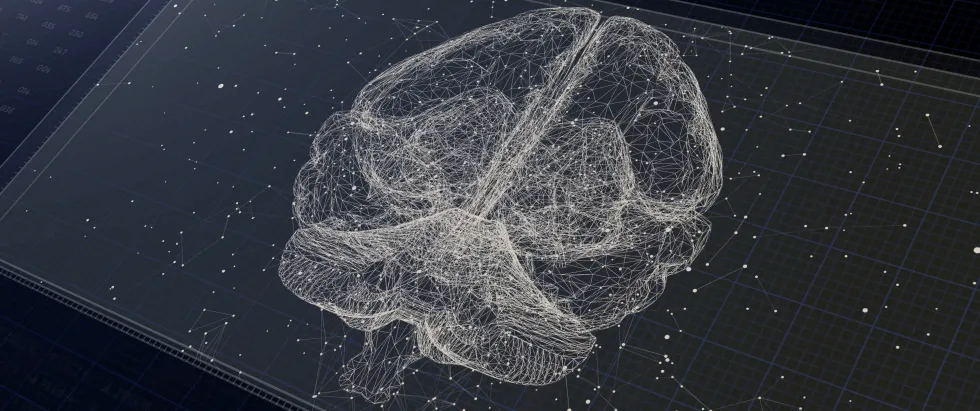Alzheimer’s disease wreaks unmistakable havoc in the brain.
If you compare the brain of someone who has died from neurodegenerative disease to that of a healthy person, you can’t miss the difference: In the case of severe Alzheimer’s, the brain will be noticeably smaller, with large gaps where pieces would normally nestle close together.
This shrinkage, termed brain atrophy, is due to the die-off of neurons and their connections across the entire cortex, the wrinkled, outermost shell of the brain. Nobody knows what triggers these huge brain changes in Alzheimer’s disease, let alone how to stop or reverse them.
But neuroscientists at the Allen Institute and their collaborators are focusing on changes at a much smaller, granular scale, hoping to provide incredibly detailed insight into what exactly goes wrong in Alzheimer’s disease. They've just publicly released some of the first data showing the specific types of neurons and other brain cells that die off or otherwise change in Alzheimer’s disease, using cutting-edge techniques to categorize individual cells based on what their genes do. This approach could ultimately identify new targets for better therapies to slow or halt the disease’s progression by preventing these specific cell populations from dying.
This method of mapping a diseased brain in cellular detail is only recently possible, thanks to new techniques to study large numbers of individual brain cells, said Ed Lein, Ph.D., Senior Investigator at the Allen Institute for Brain Science, a division of the Allen Institute, and lead investigator of the Seattle Alzheimer’s Disease Brain Cell Atlas team, which released the new data.
We’ve made really remarkable progress in developing new tools to study the human brain, and this really opens up whole new possibilities for studying disease. As we’ve developed these tools, it became apparent that we could have a big impact by creating a much higher resolution atlas of what Alzheimer’s actually looks like at the cellular level.Ed Lein
This data release is the first of many. My hope is that with this release and future releases, we will generate data that will give us clues as to how this disease actually works. The more scientists that take innovative approaches to try to understand the disease, the more likely it is that we're going to find those drug targets and develop drugs that will be effective.C. Dirk Keene, M.D., Ph.D., Professor and Nancy and Buster Alvord Endowed Chair of Neuropathology at UW Medicine and one of the investigators involved in the data release.









